Double Dragon (1987-)
Double Dragon was developed by Technōs Japan and originally released in 1987, with Technōs also handling its publishing. It quickly became one of the most influential beat ’em up games of its time, helping to define the genre with its side-scrolling, cooperative gameplay. The story follows martial artist brothers Billy and Jimmy Lee as they fight through waves of enemies to rescue Billy’s girlfriend, Marian, from a criminal gang. The game’s urban setting, gritty atmosphere, and martial arts-inspired combat drew inspiration from popular action films and arcade titles of the 1980s.
The original arcade release was so successful that Double Dragon was ported to numerous platforms, including the Nintendo Entertainment System (NES), Commodore 64, Atari 2600, and various home computers. These ports helped broaden its appeal beyond arcades and into home gaming markets worldwide. Gameplay involved a mix of punches, kicks, throws, and weapons, with players moving through stages filled with enemies and occasional boss fights. The cooperative two-player mode was a standout feature, encouraging teamwork and making the experience more engaging.
The soundtrack of Double Dragon featured energetic, catchy tunes that matched the game’s intense, action-packed vibe. The music and sound effects contributed to the gritty atmosphere and helped immerse players in the chaotic world of street brawling. The game was the first in the Double Dragon series, setting the stage for numerous sequels and spin-offs, such as Double Dragon II: The Revenge and Double Dragon III: The Sacred Stones, which expanded on the story and introduced new gameplay elements.
Promotion for Double Dragon capitalized on its arcade success, highlighting its cooperative gameplay and martial arts combat. It received extensive coverage in gaming magazines and was showcased at various trade shows. Upon release, Double Dragon was praised for its smooth controls, satisfying combat mechanics, and memorable music. It became a classic in the beat ’em up genre and influenced many future games, maintaining a lasting legacy in video game history.
Images from MobyGames
Buy Double Dragon
Click one of the Ebay or Amazon buttons below to check the latest prices and purchase Double Dragon for that particular platform.
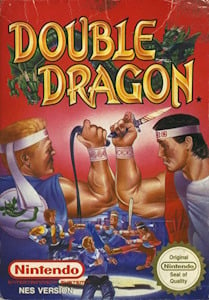
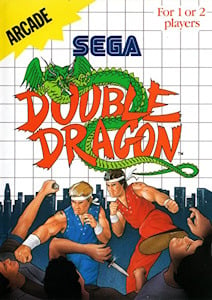
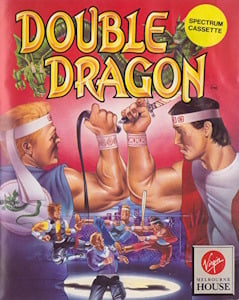
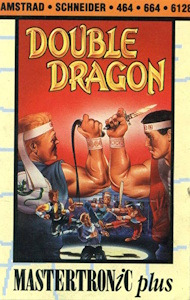
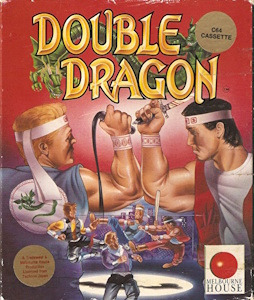
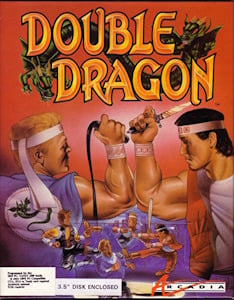
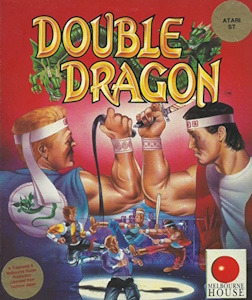
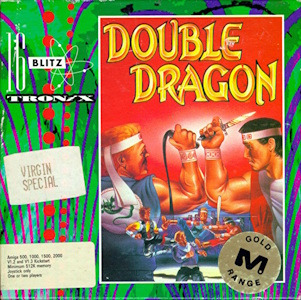
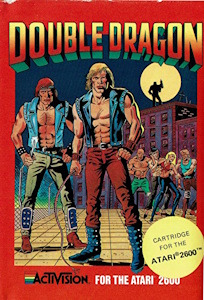
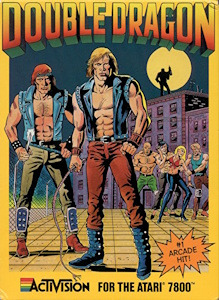
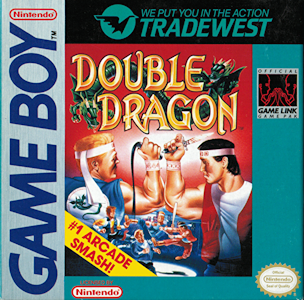
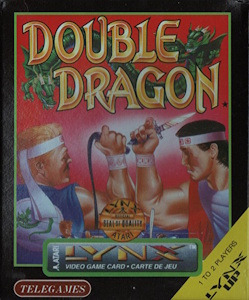
Double Dragon Plug N Play TV Arcade
Click one of the Ebay or Amazon buttons below to check the latest prices and purchase the Double Dragon Plug N Play TV Arcade game.
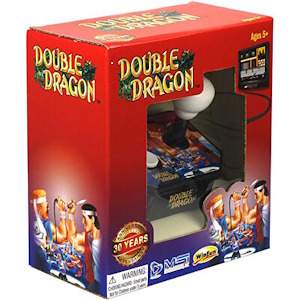
Related Searches
Double Dragon is available to purchase and download from a range of vendors. Always shop....
Double Dragon may be available to download as abandonware from one of the many sites that offer this...
There are various sites out there that can offer cheat codes for games. Search now to find all available...
There are many sites out there that have collated and documented historic reviews of this game. Search now...
We don't host or link to rom sites for this game. However, there are many sites out there that may be...
The initial release date for Double Dragon is stated as April 22nd 1987. Other ports of the game may....
Double Dragon is available to purchase and download from the link(s) shown further up this....
There are multiple sites around the internet that offer visual guides to this game. Search now to find the....








